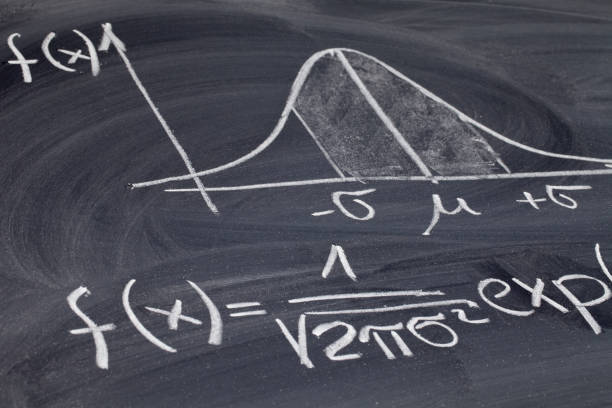
[iStock]
Back in Secondary school, I remember the day I got my ‘O’ Level results and found out that most of my peers did better on the dreaded Additional Maths (AM) exam than on Elementary Maths (EM).
I wasn’t surprised since they’d said that the AM paper was easier than the EM one. It seemed to be a common theme in my school, although I thought it was limited to my school only.
My maths tutor informed me that finding AM easier was the norm for those who took the subject. I wondered why and did some research.
Here’s what I found out:
A-Maths is More Straightforward
[iStock]
AM is known for being a lot more systematic and straightforward than EM.
The questions that come up in exams are repetitive and very similar to the ones done in practice, so as long as students practise enough and memorise the needed Maths formulas, they can do well.
On the other hand, EM requires more logic and out-of-the-box thinking. Even with practice, the questions that students may be given during the exam can be different enough to throw them off.
There are also many variations of phrasing in EM questions and they all affect the answer.
In AM, there are fixed phrasings for questions, so students have a lower chance of being tricked.
Method for Scoring Marks is Different
[iStock]
AM papers have fewer questions but need longer workings to solve each question, and marks are awarded to different steps within the workings.
Since the working steps are usually similar, it’s easier to get marks from them as long as students practise.
In EM, there are shorter-ended questions with less emphasis placed on the workings.
Still, there are marks awarded for workings and with the questions being short it’s easy to skip steps, which causes some students to lose out on marks.
Content of Each Subject Differs
[iStock]
What’s tested in AM is based on what students learn in Secondary (Sec) 3 and 4, while what they’re tested on for EM is based on their entire Secondary lives.
Some students say that EM is easier because they technically have four years to learn and get used to the material. Others say it’s harder because they have four entire years of material to learn for their ‘O’ Levels.
For AM, some students feel like they’re being rushed to learn so many new concepts and methods in the span of two years, so there’s not much time to build a strong foundation.
On the bright side, AM is only two years of maths to apply to their ‘O’ Levels.
EM has many more topics than AM, and under each topic there are even different types of questions that the student needs to learn.
Not to mention, with each type of question there are still variations, so there are a lot of possible questions that can come up!
Bell Curve
[iStock]
Students across the country all take EM, with a mixture of students who are strong and weak at the subject.
It’s no wonder some have said that just to score A1, students need to get around 90 or more points on the paper.
However, with the exception of schools that have all its students take AM, AM is usually taken by students who are already very strong in maths.
This makes the AM bell curve competitive, but hearsay is that the score to get A1 is around 85, lower than that of EM.
Conclusion
[iStock]
The structure and memorisation of AM is what makes it easier to many students than EM.
There are some students who do find EM easier, like I did. They also enjoy the creativity needed for EM questions as they’re more engaging.
But whether it’s AM or EM, maths is a useful subject that students should get the hang of.
Some students need help with their maths, and that’s nothing to be ashamed of. You can be one of the people who helps them!
If you enjoyed this article, why not also read:





